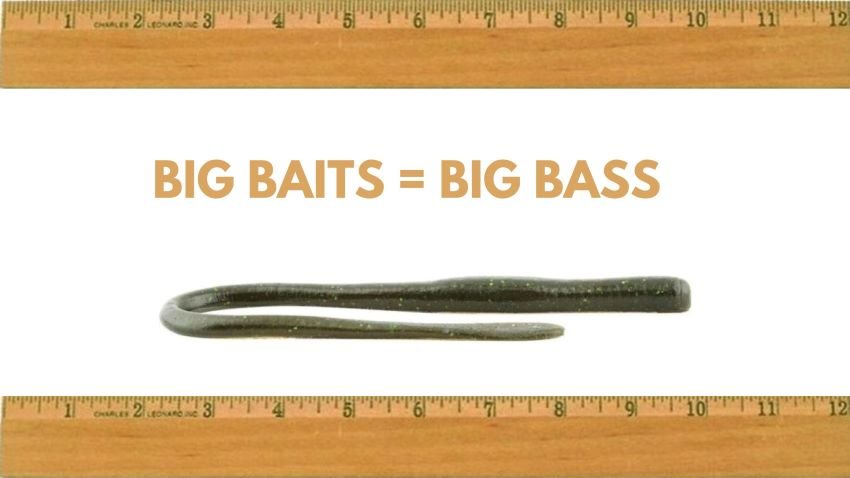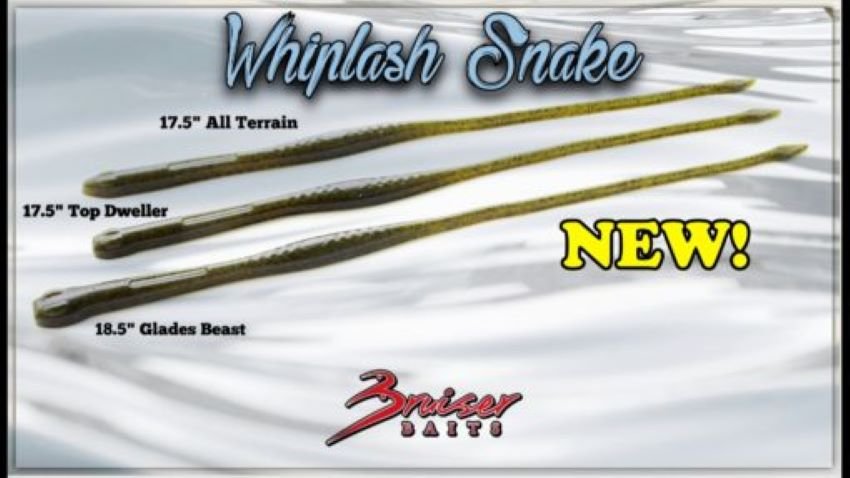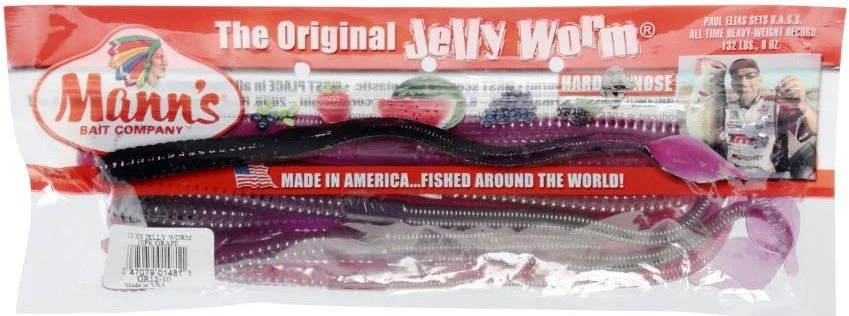Giant Hunting With The Biggest Worms at Tackle Warehouse (Updated 2025)
A 10-inch ribbontail worm – like the Berkley Power Worm, particularly the black one with a blue tail – is a staple at Lake El Salto. It’ll work there every day of the year, from now until the lake goes dry hundreds of years from now.
But that’s not the only place where big worms get bit on the regular. During my first trip to Falcon Lake, during the record-setting Elite Series event in 2008, the big worm was a top producer across the field. On the Tennessee River, a redbug or similar 10-incher is a top choice in the summertime. It can be fished on a Texas Rig, a Carolina Rig, a mag shakey head, or a wobble head, among other choices. Even here on the tidal rivers of the Mid-Atlantic, it can be a great choice when you want to stand out from the cookie cutter limits at the scales.
On the flip side, I’ve never been a huge fan of the even larger worms. I’ve caught fish on the 12-inch Power Worms, but never more or bigger than I would on the 10-inchers, and they’re substantially more expensive per unit. On our first trip to El Salto, I fished 15-inch NetBait worms and caught some fish, but felt like I missed more than I should have – perhaps they weren’t coming close to the hook when they moved off with it. Those larger worms can act like a sail on long casts.
Despite those limitations, there are times when the old adage that “big bait = big fish” proves true. For example, my friends Dale Steele and Danny Mack had an exceptional trip to Picachos where their best performers by far were the giant Upton’s Hand Pours from California. Accordingly, I’m not going to rule out the giants completely. The additional heft and/or water movement may make a difference at times. If you’re a true believer, you’re in luck, because there are still plenty of good options that are more than a foot long out there.
“Oversized” Worm Options
Don’t Forget Proper Big Worm Hooks
As noted above, the additional length of these worms means that it’s possible for a fish to move off with a mouthful of plastic and still not be anywhere near the hook point. Because there is likely more material there to ball up on the hook set, you’ll like want not only some extra length but also an extra wide gap. You can’t use anything under 5/0, and while we’ve tried models up to 11/0, we’ve generally settled in the 6/0 range. Here are some choices to explore, depending on whether you’ll be using braid or fluorocarbon:
Notes on Magnum Plastic Worms
One nice thing about these giant worms is that when the heads get torn up from use, you can still cut them down and have a larger-than-average presentation. They can also be used as jig or vibrating jig trailers.
In my experience, the 12”+ worms with giant waving ribbon or curly tails work best on offshore structure, particularly when there’s current to move that tail; they often struggle in thick bushes or trees where the appendage seems to catch on every branch.
The 12” Mann’s Jelly Worm was a big part of Paul Elias’ record-setting Elite Series catch at Falcon Lake.
While Texas rigging at or near the bottom is the primary way to fish them, some anglers (particularly in Florida) catch quality fish by swimming these worms on the surface. See for example the 17.5” Bruiser Baits Whiplash Snake Top Dweller Worm. It can make for some incredible strikes but also some heartbreaking misses.
As always, if you’re just investing in a few bags, go with proven colors: black/blue, green pumpkin, watermelon, junebug, redbug.









